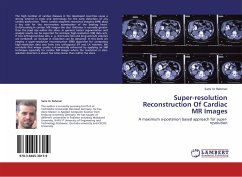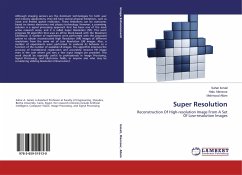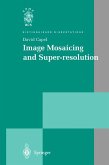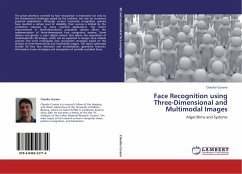The high number of cardiac diseases in the developed countries cause a strong interest in tools and technology for the early detection of any cardiac dysfunction. There, cardiac magnetic resonance imaging (MRI) plays a key role for the non-invasive examination of the beating heart. Unfortunately,In cardiac MR images the slice thickness is normally greater than the pixel size within the slices. In general, better segmentation and analysis results can be expected for isotropic high-resolution (HR) data sets. If two orthogonal data sets, e. g. short-axis (SA) and long-axis (LA) volumes are combined, an increase in resolution can be obtained. In this book we employ a super-resolution reconstruction (SRR) algorithm for computing high-resolution data sets from two orthogonal SA and LA volumes. We conclude that image quality is dramatically enhanced by applying an SRR technique especially for cardiac MR images where the resolution in slice-selection direction is about five times lower than within the slices.
Bitte wählen Sie Ihr Anliegen aus.
Rechnungen
Retourenschein anfordern
Bestellstatus
Storno








